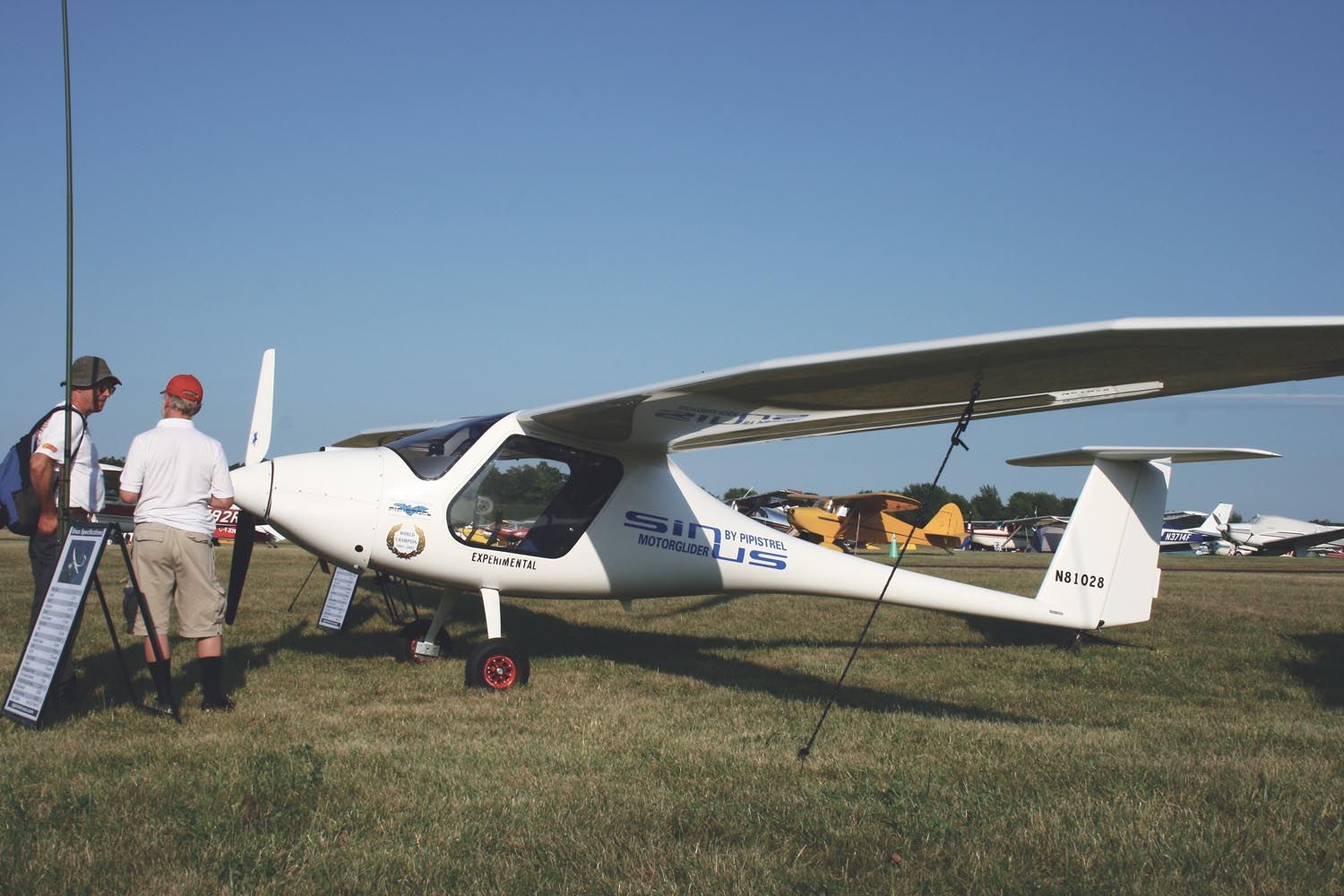
It’s been almost 20 years since the FAA implemented the Light Sport Aircraft category. While the planes might appear similar to traditional Experimental/Amateur-Built (E/A-B) aircraft, there are significant differences in how they are designed, constructed, maintained and operated.
Light Sports have had a major impact on flying in the U.S., even if their numbers are still relatively few. Without Light Sport (and the accompanying Sport Pilot program), the FAA would have lacked data to justify the simplification of pilot medicals known as BasicMed. Light Sport’s proven safety led to the MOSAIC program, featuring a major relaxation of the limits of what can be flown without an FAA medical.
In our last installment, we looked at the safety record of Special Light Sport Airplanes, which are the versions sold ready to fly. Let’s include Experimental Light Sport Aircraft, as well.
The Light Sport Aircraft
The structure of Light Sport is very complex. It was the definition of a new type of aircraft. The Light Sport Aircraft (LSA), as defined in 14 CFR Part 1, was restricted in weight and airspeeds, could only carry two occupants and did not include complex elements such as retractable gear or constant-speed propellers.
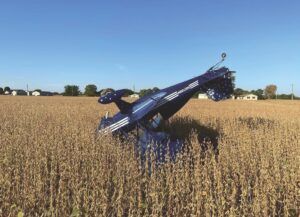
Fundamental to the program was the FAA decreeing that any aircraft, regardless of its certification category, meeting this definition could be flown by individuals without an FAA medical. The Sport Pilot program removed one layer of bureaucracy in gaining a license and allowed those with less-than-stellar medical histories to continue to fly. Any aircraft meeting the Light Sport definition could be flown by a Sport Pilot—Standard category, homebuilts, etc.
At the same time, the FAA created two new certification categories: Special Light Sport Aircraft (SLSA) and Experimental Light Sport Aircraft (ELSA). These featured simplified certification processes using consensus standards developed in conjunction with the American Society for Testing and Materials (ASTM). SLSAs could be sold ready to fly, and the ELSA category was established in part to allow “fat ultralights” and other previously non-certified airplanes to be formally licensed. ELSA would also allow the sales of kit aircraft (with no 51% rule limitation) and allow owners of SLSAs produced by defunct companies to continue to operate their aircraft.
Getting Wonky
Unfortunately, the Light Sport certification structure is far, far, too complex. Standard category, which contains the Cessnas and Pipers we’re familiar with, has five aircraft categories—Normal, Utility, Aerobatic, Transport and Commuter. These include well over 200,000 aircraft.
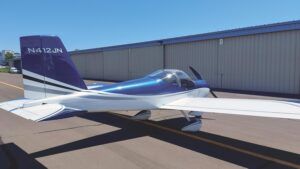
In contrast, Light Sports have eight separate categories (including both SLSA and ELSA), encompassing fewer than 9000 aircraft.
This makes it complicated when you want to look at accident statistics. Take the RV-12 for instance. Of those eight Light Sport certification categories, RV-12s are registered in four of them—all with different requirements for original certification as well as maintenance and inspection. Plus, the RV-12 can be licensed as Experimental/Amateur-Built, as well. That’s five different certification categories for approximately 800 nearly identical aircraft.
So…which type of RV-12 should we assess? The ready-to-fly models produced by the factory and maintained by an A&P or someone with a Light Sport maintenance repairman certificate? The models built from a kit, maintained by whoever owns it regardless of qualifications? Those built by the 51% rule for E/A-B aircraft?
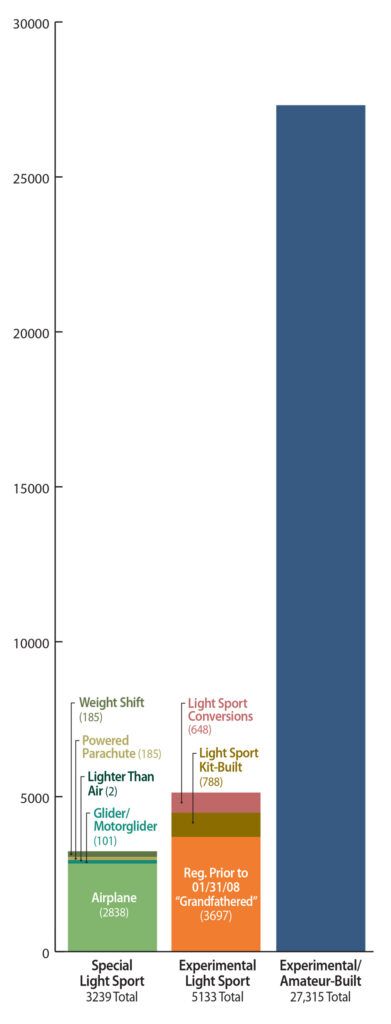
Ideally, it might let us compare the safety differences between the five different certification categories. Unfortunately, so many categories result in small sample sets that don’t provide trustworthy results.
Figure 1 illustrates the thorny nature of Light Sport certifications. It lists the eight Light Sport certification categories, with the number of these aircraft on the U.S. registry as of January 2023. Also included is the fleet size for Experimental/Amateur-Built as well—more than three times the entire Light Sport fleet.
That Frisky Grampaw
One of the ELSA categories in Figure 1 is listed as “Grandfathered.” The actual term for these aircraft is “Registered Prior to 01/31/08.” That’s a mouthful, so I use Grandfathered as a shortcut.
These have a curious history. One of the goals for the FAA during the transition to Light Sport was to get the fat ultralights and two-seat ultralight trainers into the N-numbered registry. To accomplish this, the FAA allowed these aircraft to be formally given Experimental Light Sport certificates, as long as they met the Sport Pilot criteria. The owners just had to apply by the end of January 2008.
There was an interesting loophole. The FAA allowed any aircraft meeting the Sport Pilot eligibility requirements to get ELSA certification, as long as it had not been previously registered. There was no ASTM Consensus Standard involved—just the DAR’s willingness to believe the subject aircraft met the Light Sport rules.
Grandfathered ELSA rolls include traditional homebuilts like Kitfoxes, RANS Coyotes and Zenair CH-601s, added long before any of them were formally established as Special or Experimental Light Sport.
There are even two RV-10s listed as being licensed as Experimental Light Sport under the Grandfather provision. Now, I’m guessing these reflect typos, and that the certificates in the airplane rightly identify them as Experimental/Amateur-Built. But I can’t help grinning, thinking about builders ripping out the rear seats, removing the spinner and wheel pants, filling the fuel tanks and interior with helium, and smiling blithely at the DAR as they request approval.
Why were people so interested in getting traditional homebuilts licensed as Grandfathered ELSAs? For ELSAs, anyone can take a 16-hour Light Sport Repairman-Inspection course and perform the condition inspection on the plane they own, while only the original builder of an E/A-B can receive a repairman certificate. ELSA certification was perceived as enhancing the resale value of the airplane, as later purchasers would be able to get a repairman certificate and perform their own condition inspections.
Anyway, a lot of people took advantage of this policy.
A lot. Grandfathered ELSAs comprise almost half of the total number of Light Sport Aircraft. Until about 2019, they actually were in the majority—51.8% in 2018. In 2022, their portion of the fleet had dropped to 44%, but they still comprised over 70% of the ELSAs.
Why is this significant? Because the Grandfathered planes hadn’t been required to comply with the ASTM consensus standard. For that matter, they weren’t required to comply with the E/A-B “51% rule,” either.
Grandfathered ELSAs came into existence with the least possible regulatory interference. Any guess on how that affected the fleet accident rate of “Light Sport Aircraft”?
You might be surprised.
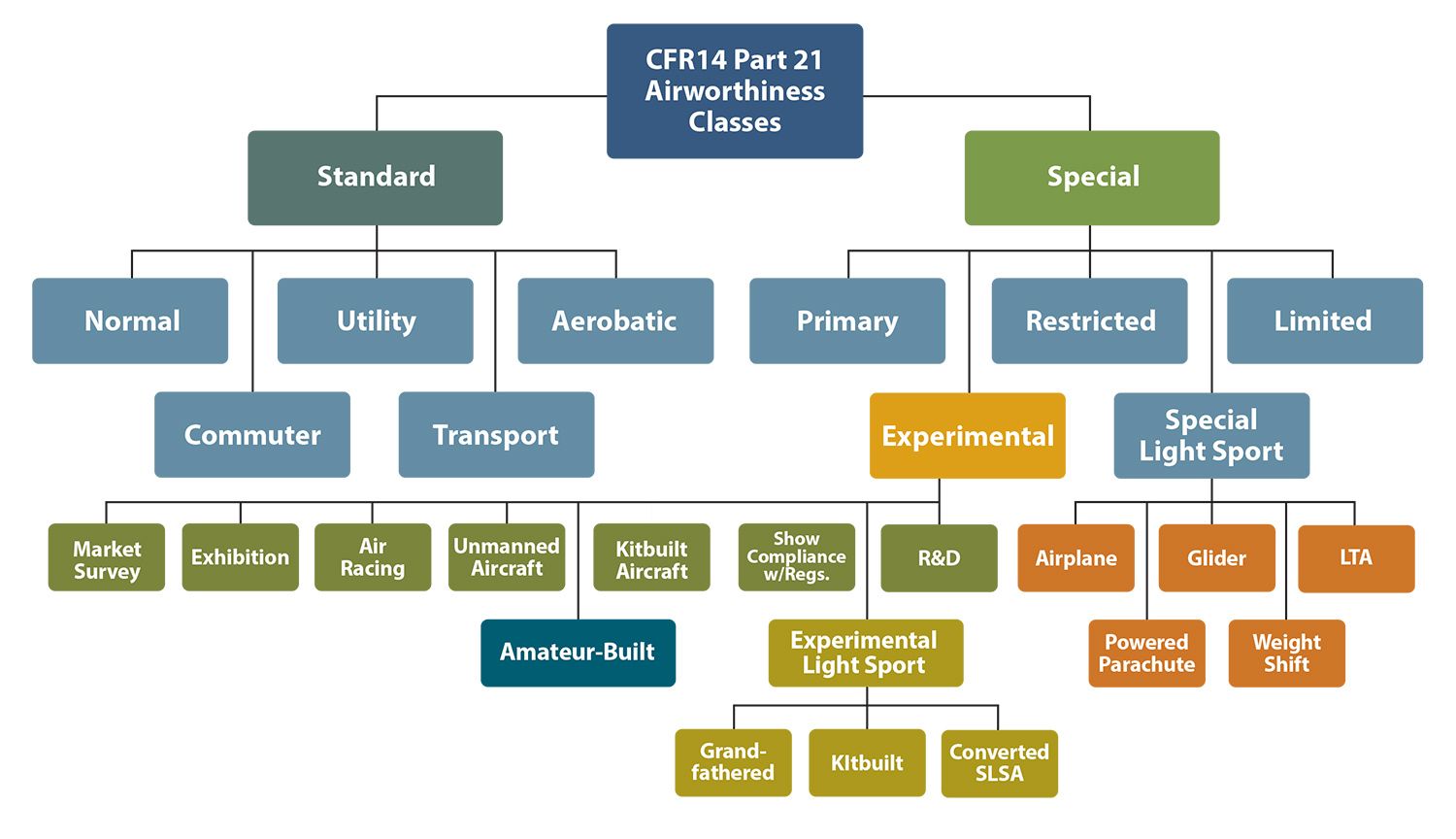
Tallying the Accidents
We’re almost there. The last step is to identify the accidents that involved aircraft licensed as Light Sport.
It’s “semi-easy” for E/A-B aircraft. The NTSB database includes a flag for Amateur-Built. It’s actually not that accurate; every year, I eliminate about 15% of the Amateur-Built-flagged accidents as they occurred to aircraft that were not licensed as E/A-B. In the same sense, I add about 5% to the tally due to aircraft that didn’t have the Amateur-Built flag set, but were obviously E/A-B.
The problem is, there isn’t any such flag for Light Sport Aircraft.
One solution is to search for the term “Light sport” in the NTSB accident narratives. I found about 250 accidents from 2005–2021 using that phrase.
The problem is, that method isn’t reliable, either. I found a number of cases where the airplane was stated to be a Light Sport but a check of the registration showed it as an Experimental/Amateur-Built aircraft. Remember, the NTSB investigator wasn’t wrong. The aircraft did meet the Part 1 definition of Light Sport; it just wasn’t licensed as a Light Sport.
The only way to find the accidents was to cross-reference the NTSB accident database with the FAA registry of aircraft licensed as SLSA or ELSA. I found about 950 total accidents involving aircraft licensed as Light Sport.
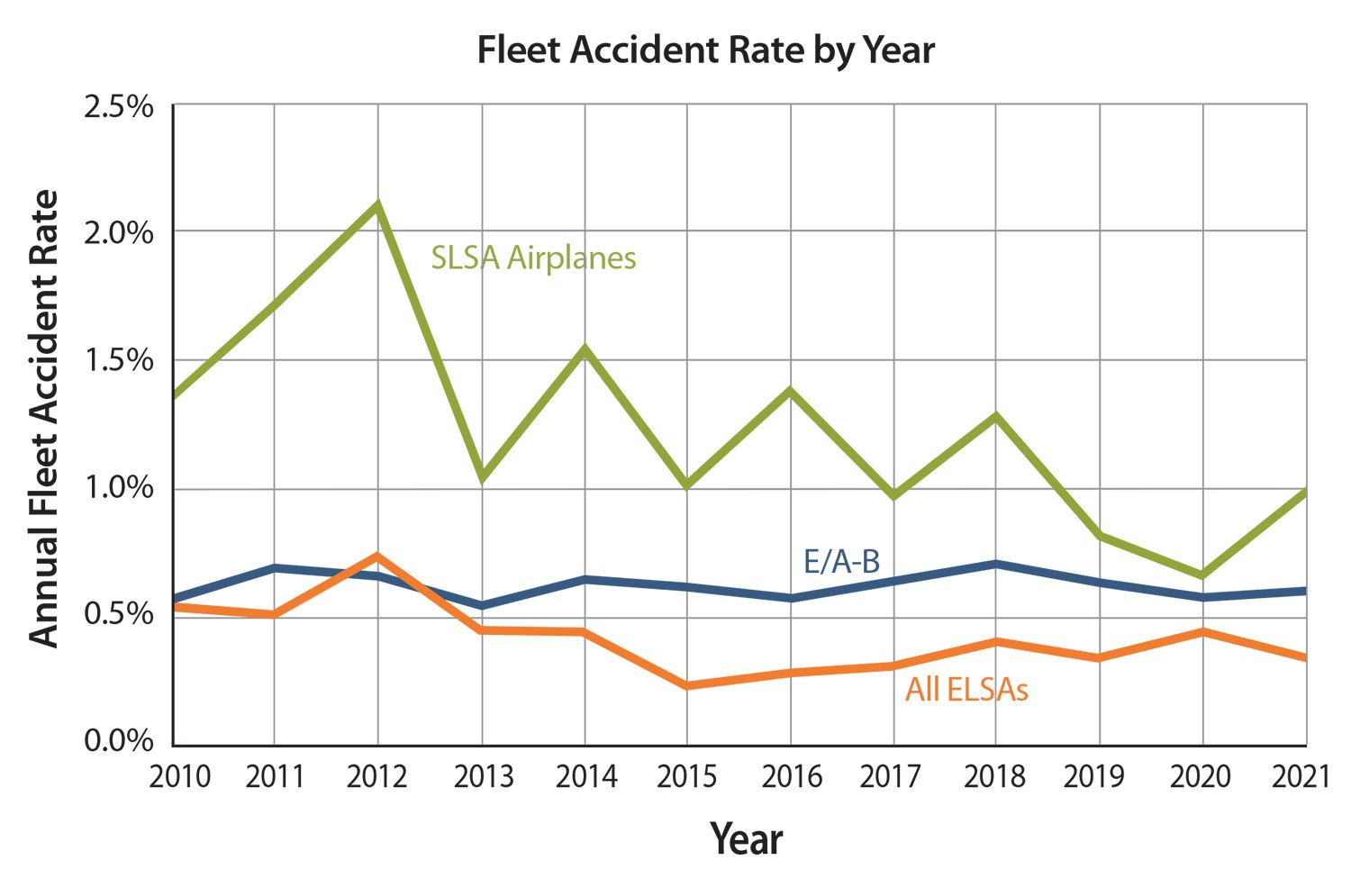
Results
Figure 3 summarizes the annual fleet accident rate for Special Light Sports, Experimental Light Sports and Experimental Amateur-Built aircraft.
ELSAs come out the best. Kind of surprising, isn’t it? And remember, almost three-quarters of the ELSAs are minimally regulated Grandfathered ELSAs.
Why is the rate for ELSAs so low? A couple of things come to mind.
First, the majority of the airplanes licensed as ELSA prior to 2008 had already been flying as ultralights. First-flight accidents occur to about one in 150 homebuilts, but these preexisting fat and two-seat ultralights had already been through their infant mortality period. They had less of a chance of mechanical failure. The pilots already had experience in them, too—fewer chance for bumbling the first flight.
Second, most of these airplanes were glorified ultralights, even if they exceeded the Part 103 limitations. They weren’t flying all that fast, and ultralight pilots are probably a bit more accustomed to fixing bent tubing without making it a (literal) federal case. Unless injuries are involved, many Experimental pilots have proven reluctant to report their accidents to the NTSB.
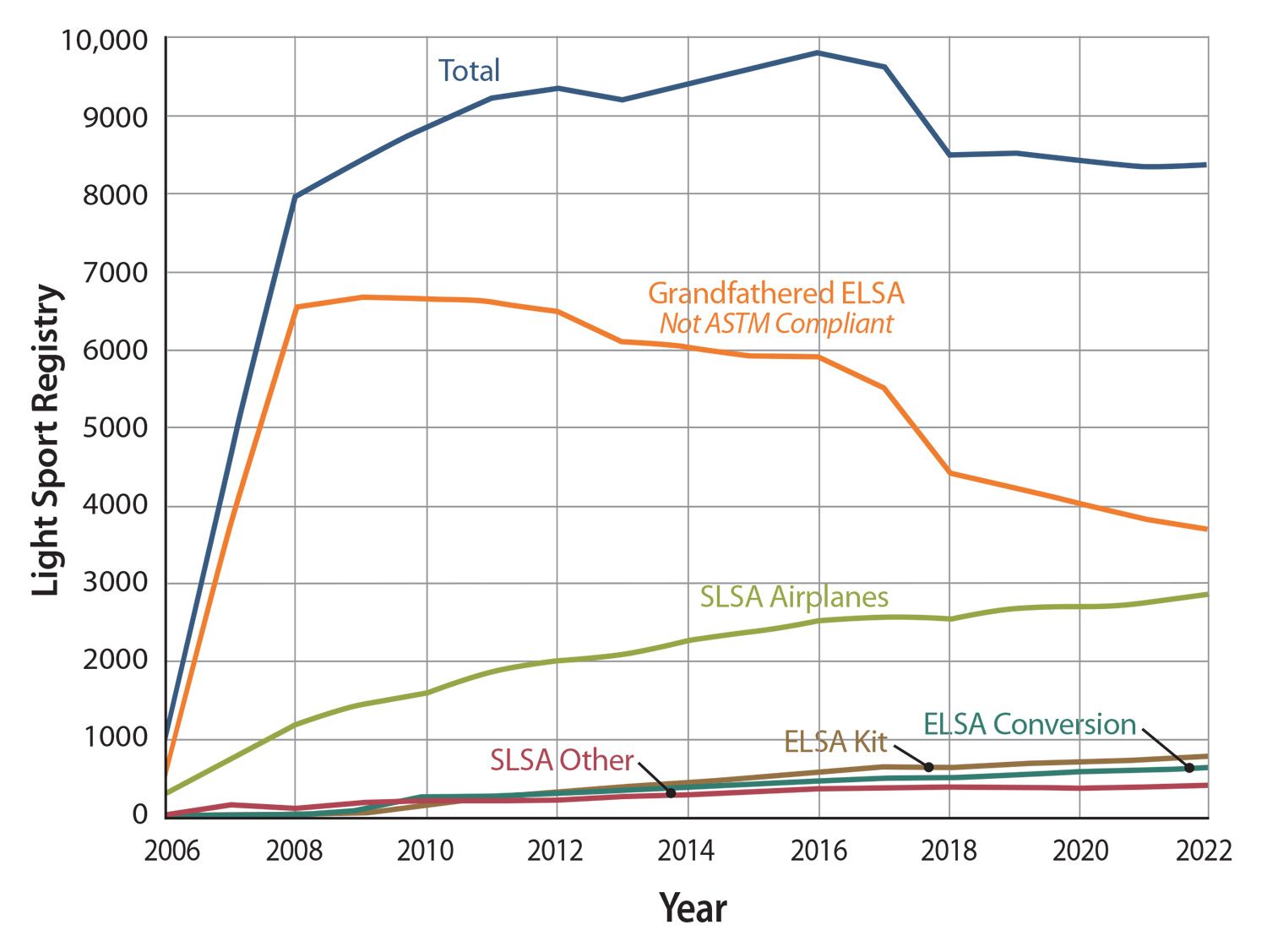
Third, the certification of new Grandfathered ELSAs ended over 15 years ago. Beyond 2009 or so, there were no Grandfathered ELSAs making their first flights or undergoing the Phase I test period. In comparison, almost 13% of all E/A-B accidents occur during the first flight or the test period.
Finally, realize that Figure 3 shows the number of accidents divided by the number of registered aircraft in a given year. It does not reflect the flying time of the aircraft involved. The 2021 FAA General Aviation Activity Survey says that Special Light Sport Aircraft fly, on the average, more than twice as many hours as Experimental Light Sport Aircraft. After all, the whole intent was to produce a new series of trainer and rental aircraft.
When you account for the fact that the SLSAs are flying twice as much as the ELSAs, it appears that on a per-hour basis, the accident rate for the two are very similar. It’s still a good reflection on ELSAs that the per-hour accident rate isn’t much different than the LSAs sold ready to fly.





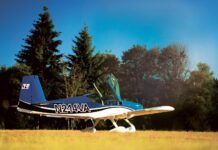
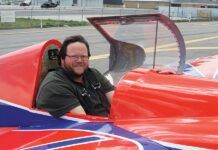


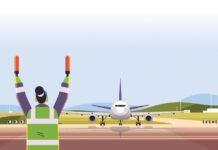
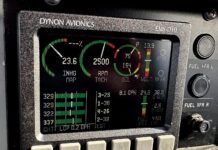
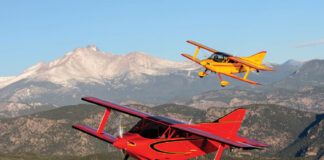
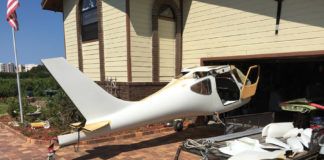
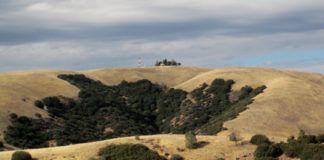
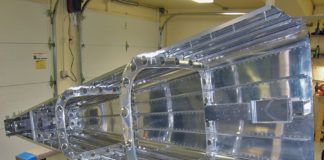
That is very confusing even when laid out on a flow chart. I own a Zenith 750 that I built from a kit, received my AW Cert. in July 2012. Nowhere on the AW Cert. or FAA Registration is it designated Light Sport. It was registered with a maximum GW of 1320 lbs. I am and have always been a Light Sport pilot only. There is no E/AB Light Sport category, I assume my plane is in the E/AB aircraft category with the only thing making it officially a Light Sport Category aircraft the fact it is a 2 seater, meets the GW limitations, and it’s top speed and stall speeds meet LSA requirements?
If a plane…ANY plane…meets the criteria in14CFR Part 1 (definitions), it can be flown by a Sport Pilot. The plane doesn’t have to be licensed as Special Light Sport or Experimental Light Sport. I’ve been flying my Fly Baby for nearly 25 years as a Sport Pilot…my last medical expired in 2006.
No question, it IS a complex layout, especially because the FAA created so many Light Sport categories.